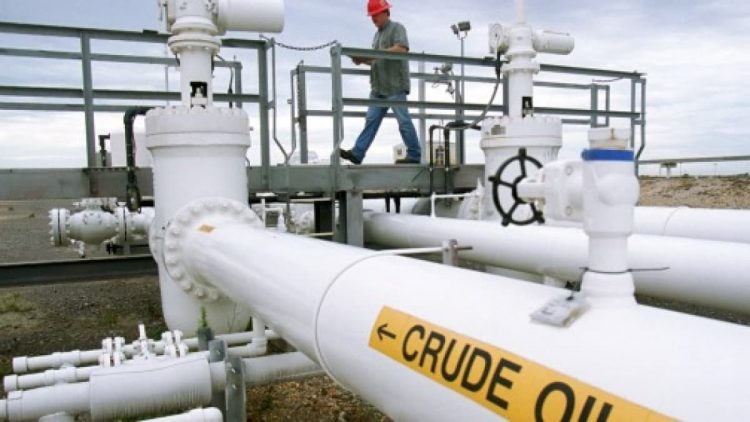Publisher: Maaal International Media Company
License: 465734
Why Falling Oil Prices Are Not Always Good News
Not long ago, falling oil prices were widely celebrated in the United States. Cheaper gasoline meant more disposable income for consumers, lower transportation costs for businesses, and a boost to sectors that rely on oil as an input. But in 2025, that simplistic view no longer holds up. The economic equation has changed—dramatically, OilPrice.com reported.
From Net Importer to Net Exporter
In 2005, the U.S. was importing a staggering 12.5 million barrels of oil and finished products per day. At that time, a drop in oil prices translated into major savings on our import bill. The net benefits to the economy were clear. But in 2025, the picture is reversed. Thanks to the fracking boom, the U.S. is a net exporter of about 2.3 million barrels per day of oil and refined products. When oil prices fall, the U.S. now loses more on exports than it saves on imports.
That means falling oil prices today actually worsen the U.S. trade deficit—the very thing that tariffs are supposedly being used to fix. There’s irony in the fact that some of the loudest advocates for tariffs—arguing they’ll fix our trade imbalance—are also cheering falling oil prices. They’re cheering a trend that undercuts our export strength and broadens the deficit, OilPrice.com explained.
Look at the Signal, Not Just the Price
It’s also critical to consider why oil prices are falling. Prices drop when supply increases, demand decreases, or markets anticipate economic trouble. In 2020, oil prices famously collapsed—briefly even turning negative—not because the economy was booming, but because the COVID-19 pandemic had triggered a global shutdown. That price crash was a harbinger of deep economic pain.
Fast forward to today: oil prices are falling again, not because we’re swimming in cheap energy, but because market sentiment is shifting toward the possibility of a recession. This isn’t good news—it’s a flashing warning sign.
If economic conditions deteriorate further, investments in energy infrastructure and new production will slow. The same people chanting “drill, baby, drill” may find themselves wondering why rigs are being idled, capital expenditures are being slashed, and jobs are being cut. When prices fall below profitability thresholds, producers pull back—and that has ripple effects across the broader economy.
Energy Is a Pillar of the U.S. Economy
While consumers do benefit from lower gas prices at the pump, it’s important to understand that the energy sector is now a major driver of the U.S. economy. It supports millions of jobs, anchors the economies of entire states, and is a major contributor to GDP. When oil prices fall sharply, tax revenues decline, employment shrinks, and corporate earnings in the sector suffer.
Yes, certain sectors—like transportation and some manufacturers—may benefit from lower input costs. But the net impact on the U.S. economy is no longer straightforwardly positive.
A Nuanced Picture
So, the next time someone claims that falling oil prices are “good for the economy,” consider the fuller picture. In 2005, maybe that was true. In 2025, it’s a lot more complicated.
We should be cautious about using yesterday’s playbook to understand today’s economy. The energy world has changed and so has America’s place in it. A drop in oil prices may still provide relief at the gas pump—but as a signal of what’s happening across the broader economy, it’s a red flag we ignore at our peril.
اقرأ المزيد








